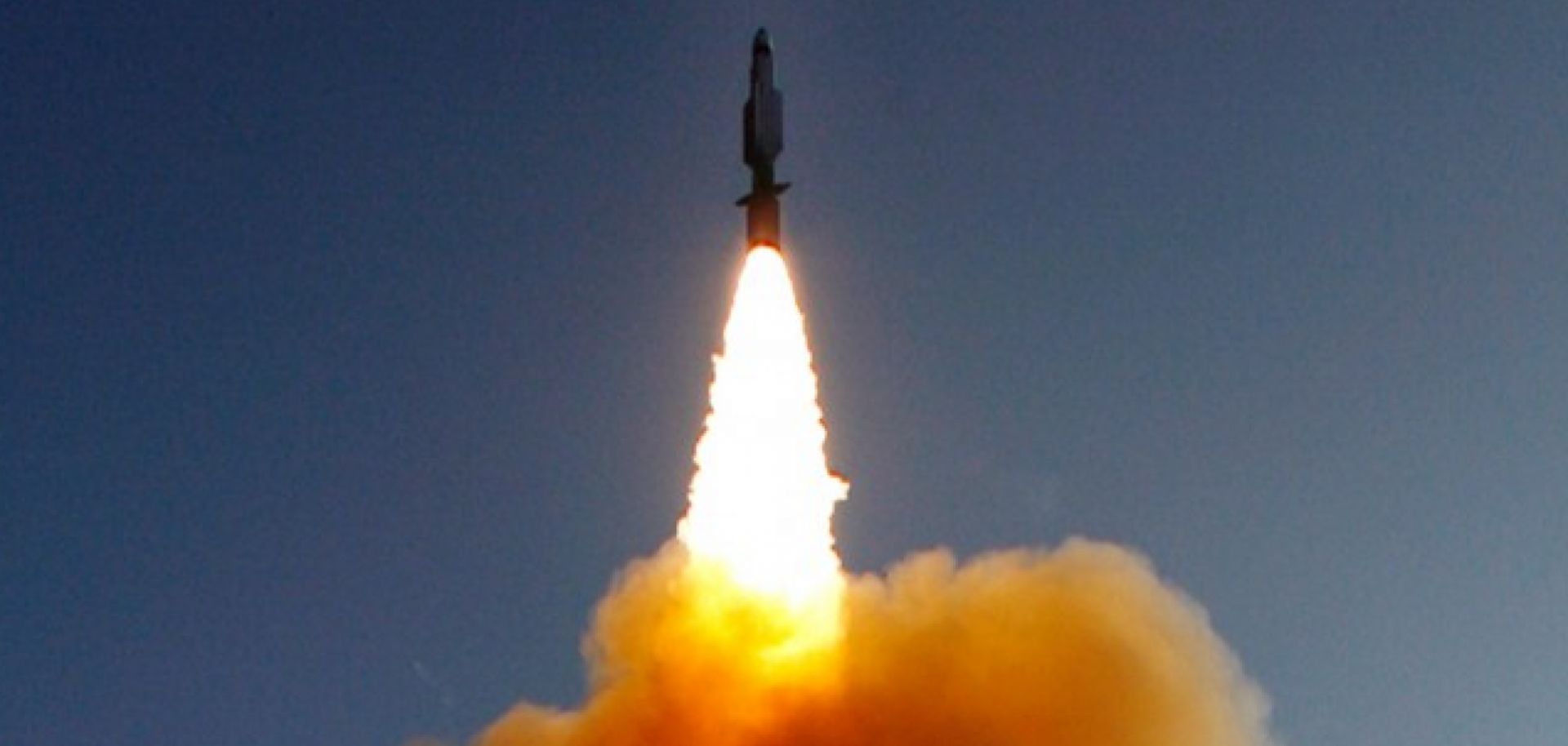ASSESSMENTS
The Real Danger From Space Weapons
Feb 22, 2016 | 10:00 GMT

Weapons launched by the United States can take out one of its own derelict satellites -- or target those of a rival.
(U.S. Navy)
Forecast Highlights
- Countries will continue to develop anti-satellite weapons to counter space-based military assets, including existing communications satellites and potential weapons.
- However, as improved technology lowers costs and more countries deploy satellites and anti-satellite technology, space debris will become a bigger problem for all militaries with a stake in space.
- Ultimately, with the U.S. military the most reliant on space-based technologies, the United States will have the most to lose from advances in other countries' anti-satellite systems.
Subscribe Now
SubscribeAlready have an account?
